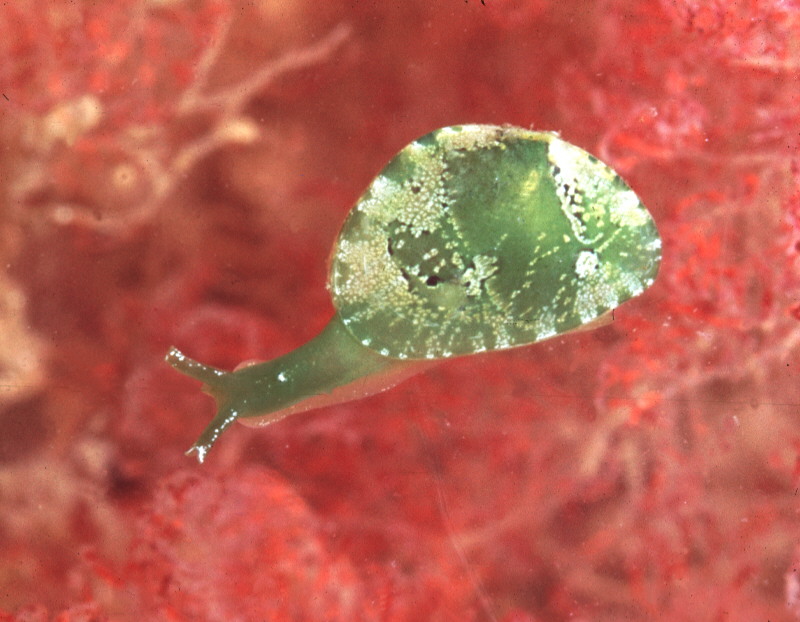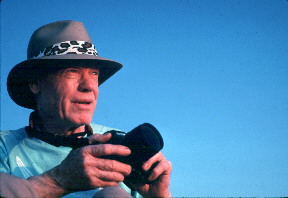 |
Berthelinia chloris
Photo courtesy of Dave MullinerThe decision on what is the correct or accurate genus level name (Berthelinia, Tamanovalva, Edenttellina or Midorigai) has caused some discussion, as Berthelinia was originally described from a single fossil shell. Here is a quote from a recent reply to this question on the Sea Slug Forum explaining the problem: "... Berthelinia is based on a fossil species while Tamanovalva is based on a living animal. We will never know whether the similarity in shell shape is based on a close phylogenetic relationship or on chance. For example, there are many cephalaspidean bubble shells which are impossible to place in families simply on the shape of the shell so I (Bill Rudman) think it is unsafe to use a fossil name for a living animal. Kathe Jensen follows Baba (1961) in using the fossil Berthelinia for the living species and considers in fact that there are only two valid genera in the family Juliidae, Julia and Berthelinia. Baba and Jensen both consider Edenttellina and Midorigai are either synonyms, or at the most, subgenera of Berthelinia. I (Bill Rudman) have continued to use Edenttellina and Midorigai for Australian species because that has been the current practice here in Australia, and there are considered to be some anatomical differences..."
Confused now??? Yes I can understand why. Let's stick with Berthelinia for the purpose of this Nudibranch of the Week presentation.
Sacoglossids get their name from"Saco", a sack, and "glossa" tongue, which describes a sac in the buccal cavity that collects old, warn-out radular teeth. This curious organ, retains all the teeth "used up" by the individual, giving biologists (who care about things like this) a complete dental history of each individual.
The shell of Berthelinia chloris is translucent green with a series of white marks along the edge of the shell. The fleshy body of this species is also greenish with the foot somewhat more transparent. The characteristic rolled sacoglossid rhinophores are covered with white specks. More details are included recently in the newly published Field Guide to Marine Molluscs of Galapagos by Cleve Hickman and Yves Finet.
Berthelinia chloris feeds on the green alga, Caulerpa, from lower Baja California to the Galapagos Islands where Dave Mulliner's photo shown here was taken.
Danville, Calif
Apr., 2002

Send Dave mail at mulliner1@juno.com |
Taxonomic information courtesy of:

David W. Behrens
Author:
Pacific Coast Nudibranchs
Send Dave mail at seachalleng@earthlink.net
|
